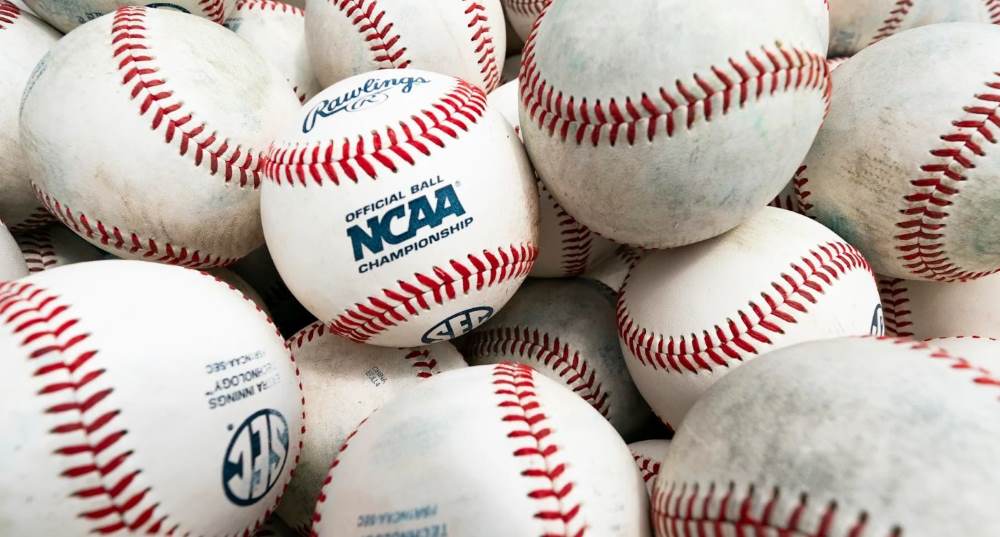Does College Baseball Have a Mercy Rule? Here’s What You Need to Know
As college baseball reaches the midpoint of the season, games are heating up, and so are the scores. Some matchups turn into intense nail-biters, while others spiral into lopsided blowouts. When a team builds an overwhelming lead, one question often arises: Is there a mercy rule in college baseball?

The short answer? Yes. College baseball does have a run rule, commonly referred to as the “mercy rule.” The rule states that if a team leads by 10 or more runs after seven innings, the game is called, and the leading team is declared the winner. This rule helps prevent unnecessary exhaustion and potential injuries, especially in a sport where managing pitching depth is crucial.
For example, Virginia Tech has already experienced the run rule this season—both benefiting from it and falling victim to it. In a recent series against Wake Forest, the Hokies secured a 13-2 victory after jumping to a nine-run lead in the first inning. Since the lead extended past 10 runs by the seventh inning, the game was ended early.
Though some fans may not love the idea of an early finish, many coaches welcome it. The mercy rule allows teams to conserve pitching arms for upcoming games and prevents unnecessary wear and tear on players. While some teams can agree to waive the rule and continue playing, most conferences enforce it to protect their athletes.
Ultimately, while college baseball doesn’t always see runaway games, the mercy rule exists as a safeguard to keep competition fair and sustainable. So, the next time you see a team dominating on the scoreboard, you’ll know—if they hit that 10-run mark after seven innings, the game might just be over early.